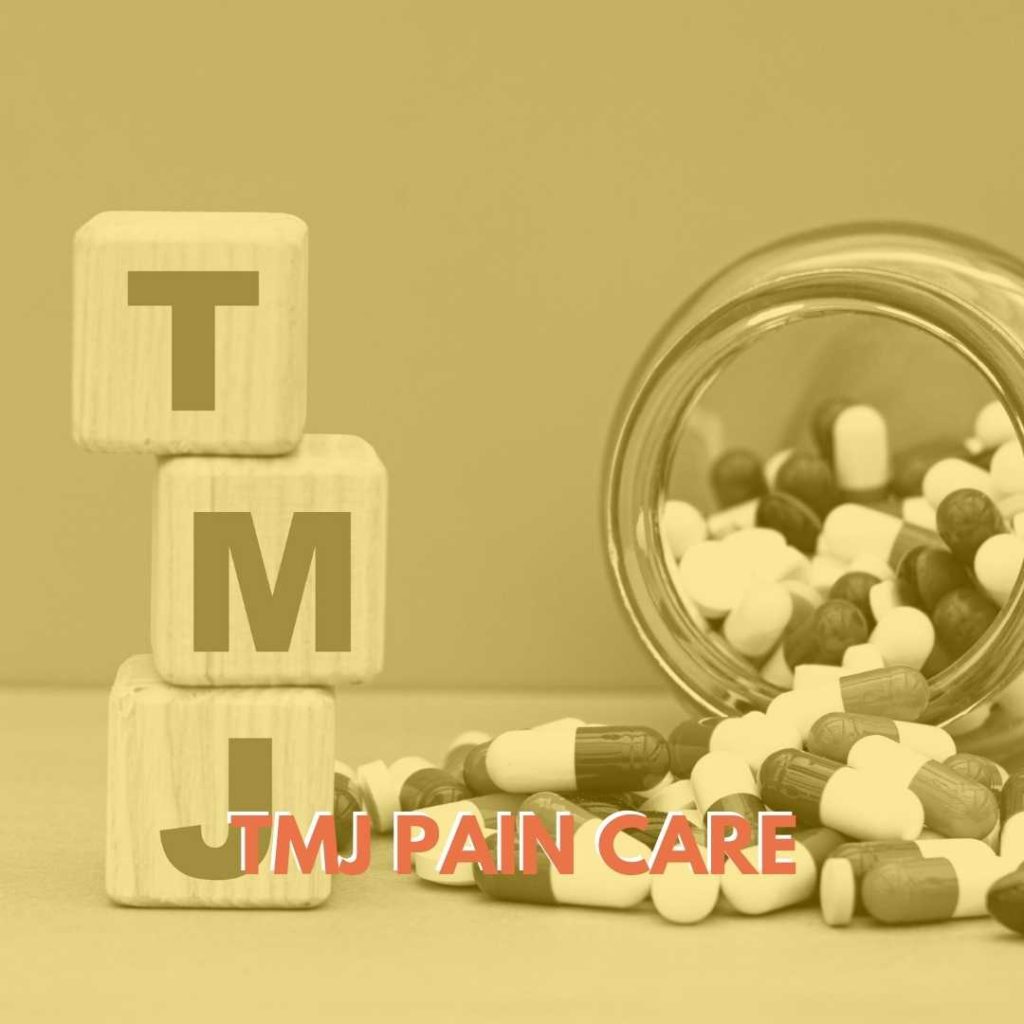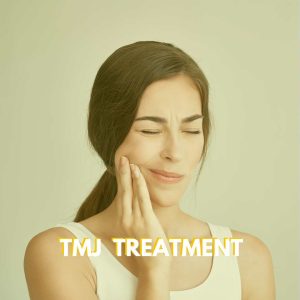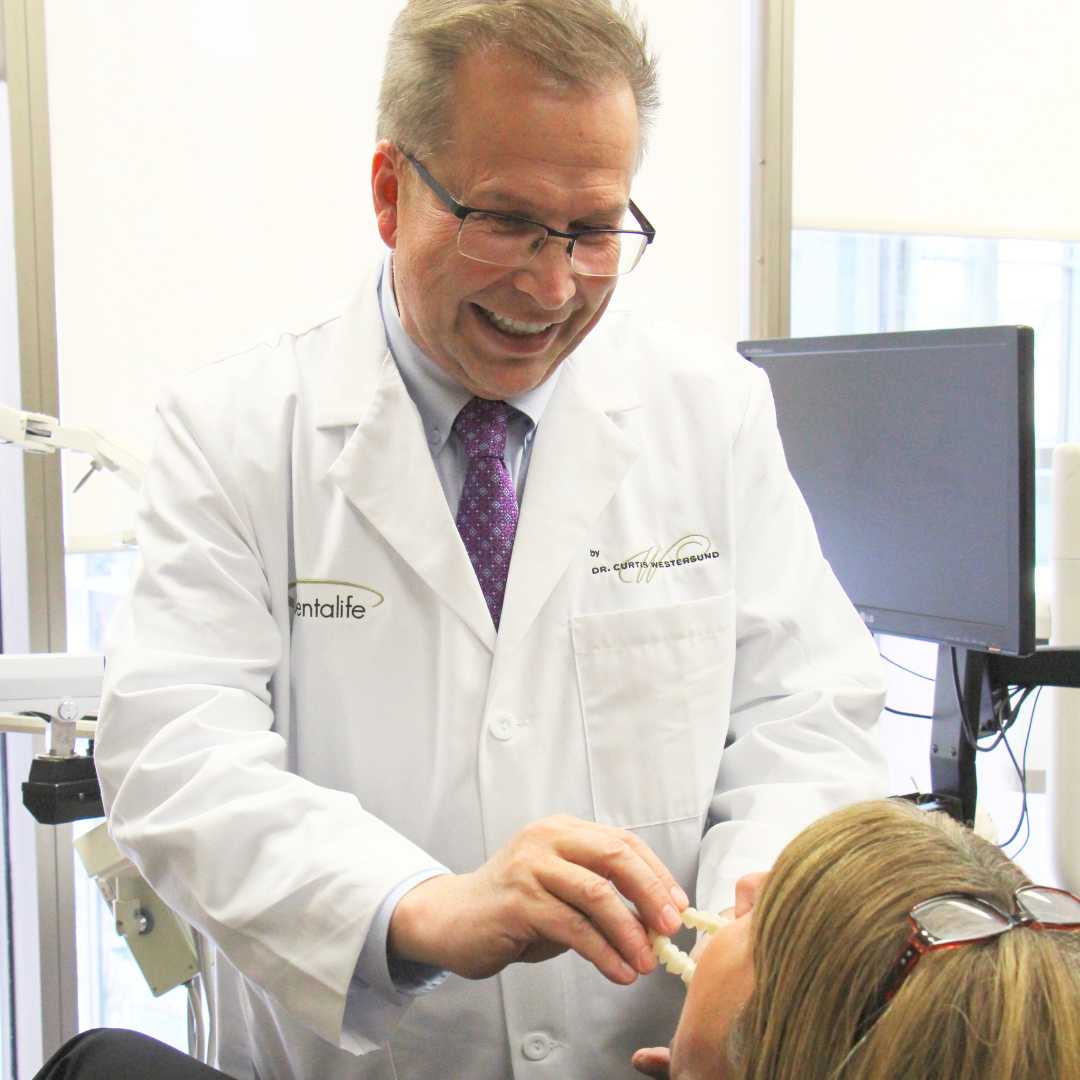Dr. Curtis Westersund, Calgary TMJ Treatment Provider:
“Imagine waking up to a day filled with promise, only to be greeted by persistent facial pain that clouds your every moment. This is a reality for many individuals grappling with Temporomandibular Joint Disorder (TMJ).
Often overlooked or misdiagnosed, the connection between facial pain and TMJ disorder runs deep, affecting not only physical well-being but also mental and emotional health. In this blog, we delve into the intricate relationship between facial pain and TMJ disorder, shedding light on the causes, symptoms, and avenues for relief.”
Understanding TMJ Disorder and its Impact on Facial Pain
Temporomandibular Joint Disorder, commonly referred to as TMJ disorder, pertains to conditions affecting the jaw joint and surrounding muscles. The temporomandibular joint functions like a sliding hinge, allowing us to open and close our mouths for activities such as talking, chewing, and yawning. When this intricate system encounters imbalances or dysfunctions, facial pain often becomes a prominent symptom.
Causes of Facial Pain in TMJ Disorder
- Muscle Tension and Stress: Jaw and neck muscle tension can be a consequence of chronic clenching and teeth grinding. This tension radiates as facial pain, often concentrated around the jawline and temples.
- Misalignment of the Jaw: A misaligned jaw can disrupt the harmonious movement of the temporomandibular joint, causing pain in the jaw, cheeks, and even the ears.
- Inflammation: Inflammation of the temporomandibular joint and jaw muscles due to a dental malocclusion, an injury, or other factors can lead to localized facial pain and discomfort.
- Nerve Compression: Nerve impingement in the jaw area can trigger burning pain that radiates throughout the face.
Symptoms That Bridge the Gap
Facial pain is just one piece of the puzzle. A range of symptoms often accompanies TMJ disorder, collectively providing valuable clues for diagnosis:
- Jaw Muscle Pain: Pain or tenderness in the jaw, especially while chewing or speaking, is a hallmark of TMJ disorder.
- Headaches and Migraines: The interconnectedness of facial muscles means that TMJ related issues can lead to tension headaches or even migraines.
- Ear Pain: Many TMJ sufferers report ear pain, as the TMJ joint is in close proximity to the ears.
- Clicking or Popping Sounds: An audible clicking or popping sound while opening or closing the mouth can indicate joint irregularities.
- Limited Jaw Movement: TMJ disorder can restrict the range of motion in the jaw, making everyday actions like yawning or eating a challenge.
- Neck Pain: Neck Pain can radiate to various areas of the face, including the forehead, eyes, and even teeth.
The Mind-Body Connection
The relationship between facial pain and TMJ disorder isn’t just physical—it’s deeply intertwined with emotional and mental well-being:
- Stress Amplification: Chronic facial pain can trigger stress and anxiety, exacerbating muscle tension and potentially worsening TMJ symptoms in a vicious cycle.
- Impact on Quality of Life: Living with persistent facial pain affects daily activities, from eating to social interactions, leading to a decreased quality of life.
- Sleep Disruption: Facial pain can disrupt sleep patterns, further compounding stress and its effects on TMJ symptoms.
Navigating Relief and Recovery
Understanding the connection between facial pain and TMJ disorder is the first step towards effective management and relief:
- Seek Professional Diagnosis: If you’re experiencing facial pain along with other TMJ-related symptoms, consult a dental or medical professional with expertise in TMJ disorders for an accurate diagnosis.
- Personalized Treatment Plans: TMJ disorder treatment is not one-size-fits-all. A tailored approach that addresses the underlying causes is essential for long-term relief.
- Dental Care Modifications: Do not neglect needed dental care. Your teeth are important for TMJ care. Even small insignificant changes can add up to causing TMJ trouble.
- Healthcare Professional Therapy: TMJ pain and problems go past the teeth. Appropriate healthcare intervention can restore balance to the body and help treat TMJ problems.
- Orthodontic Interventions: In some cases, orthodontic solutions can help correct jaw misalignments and alleviate facial pain.
Dr. Curtis Westersund, Calgary TMJ Treatment Provider:
“The intricate relationship between facial pain and TMJ disorder is a reminder of the interconnectedness of our body’s systems. What might start as a nagging ache in the jaw can ripple into various facets of our lives, affecting physical, emotional, and mental well-being. By understanding the causes, recognizing the symptoms, and seeking appropriate treatment, individuals can untangle the web of facial pain and pave the way toward a life of comfort and vitality. Don’t let the mask of discomfort obscure your potential for a pain-free existence—take the first step towards relief today.”




